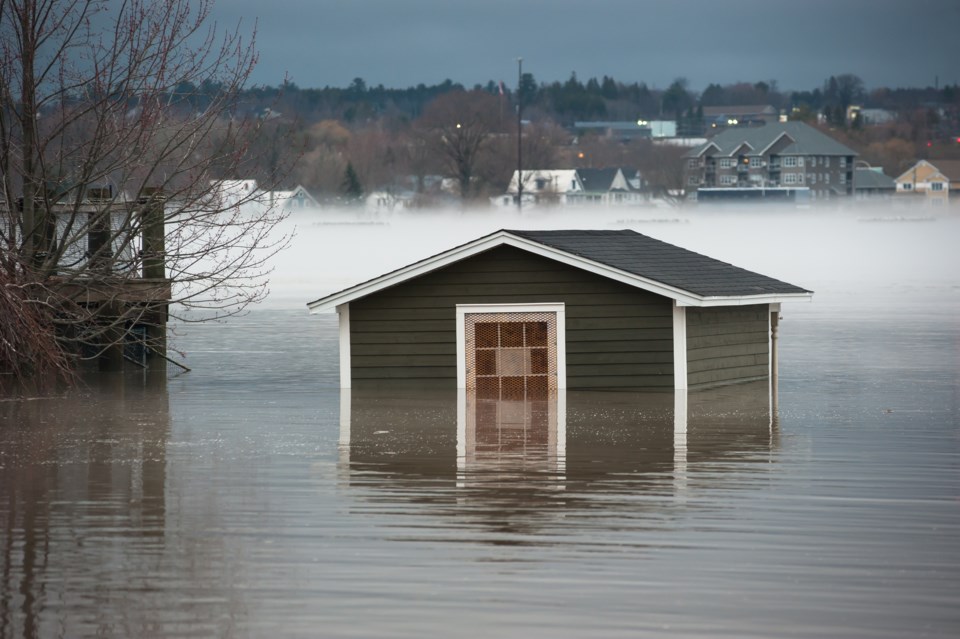‘Doom-and-gloom’ climate news can increase people’s fear over what’s coming, but it may also spark audiences to consider what society can do to fix the problem, a new study has found.
The , published in the journal last week, exposed a group to seven consecutive days of negative climate change news stories posted to Twitter. Those participants were only shown news headlines appearing from outlets like BBC News, National Public Radio (NPR) and the Associated Press.
One negative headline read “Climate change: Summers could become ‘too hot for humans,’” together with an image of a melting Earth glowing red and emitting smoke. “Climate change: Summers could be warmer than usual for many,” read the low-threat version with a generic image of the Earth.
Participants were asked to rank the emotions they felt while reading the tweet on an 11-point scale. A follow-up survey also assessed their fear and hope levels, as well as how much they thought climate posed a personal threat to them and whether they felt they could do something about it.
“We wanted to sort of unpack how people react emotionally, how their beliefs change, how their intentions to do something might change, when they encounter this kind of very threatening news coverage about climate change day after day,” said Chris Skurka, lead author on the study and a researcher at Penn State University.
The results showed fear peaked after around six exposures over a few days before holding steady.
Over time, repeated exposure to the threatening headlines led people to feel they could do more to influence how humanity could steer itself away from the worst dangers of global warming. They also reported feeling the issue of climate change was more important.
In other words, concluded the researchers, coping with unpleasant feelings surrounding climate change can help people avoid apathy, regain control and combat their feelings of hopelessness by sharing what they have learned.
“Fear can be pretty motivating.” said Skurka. “Our results actually do kind of suggest that fear, as least to a point, may have some benefits in terms of spurring people to take action.”
“I think it’s cause for us to pause and reflect and think that maybe there is a place for not scaring people per se, but being very candid about the risks that climate change poses to our planet and to human prosperity as well.”
Over time, threatening headlines could give people greater sense of control
Skurka said that one of the big concerns in coverage of climate change is that if people are constantly exposed to dire, threatening news coverage, without being provided information about what can be done, they will become paralyzed, overwhelmed with fear and won't be motivated to take appropriate action.
“And what we found, kind of counter intuitively, is that over time as people are repeatedly exposed to this news coverage, their perceptions that they can do something they want climate change actually increases over time,” Skurka said. “It was kind of surprising.”
The bigger the threat, the more people are forced to cope with negative feelings, leading them to believe they have more control over the situation in the long term, he added.
The researchers linked the results to the “agenda-setting effect,” where the more news people consume on a specific topic, the more important they view it. The results also showed the power that fear can have in motivating people to act.
Fear not the only motivator
Co-author Jessica Myrick, a professor of health communications at Penn State, said that doesn’t mean that fear-appeals should be the sole tool used to communicate climate change — people also need to feel like they can still make a difference.
“That should hopefully motivate reporters and strategic communicators to include information about solutions to climate change in their messaging,” Myrick said.
Because both sample groups leaned young, female and were “quite concerned” about climate change, the authors suggest more studies should repeat a version of their experiments with wider swaths of the population — particularly among climate skeptics.
For people communicating climate change — including the press, scientific community and policymakers — the study suggested that simply mentioning climate change “activates pre-existing emotions and thoughts associated with climate change.”
How does solutions coverage make you feel?
At Glacier Media, our coverage of climate change and the associated biodiversity crisis has attempted to strike a balance — we look for and report on evidence-based solutions, while at the same time not minimizing how humanity continues to warp the planet's climate system.
The goal is to provide our audiences with the most accurate picture of a changing world as best as we can report it. Studies like the one reported on here help us fine-tune that balance. But we also greatly value input from our our readers.
The researchers at Penn State looked to answer big questions about how humans respond to the news. But the tipping point where fear flips from driving action to triggering paralysis — or perhaps worse, apathy — can also be deeply personal.
Below is a selection of stories, some solutions, others worrying revelations on the impact of climate change on our planet. We invite you to read them and share how they made you feel.
The bad news
Some good news
Heat wave caused bees to ejaculate to death. Could Styrofoam 'protection' help?
As always, we are open to your tips and suggestions. Do you have unanswered questions about climate change or how society is trying to adapt and drive down global emissions? Are there solutions you would like to know more about? Get in touch.
Stefan Labbé is a solutions journalist covering how people are responding to problems linked to climate change. Have a story idea? Get in touch. Email s[email protected].





